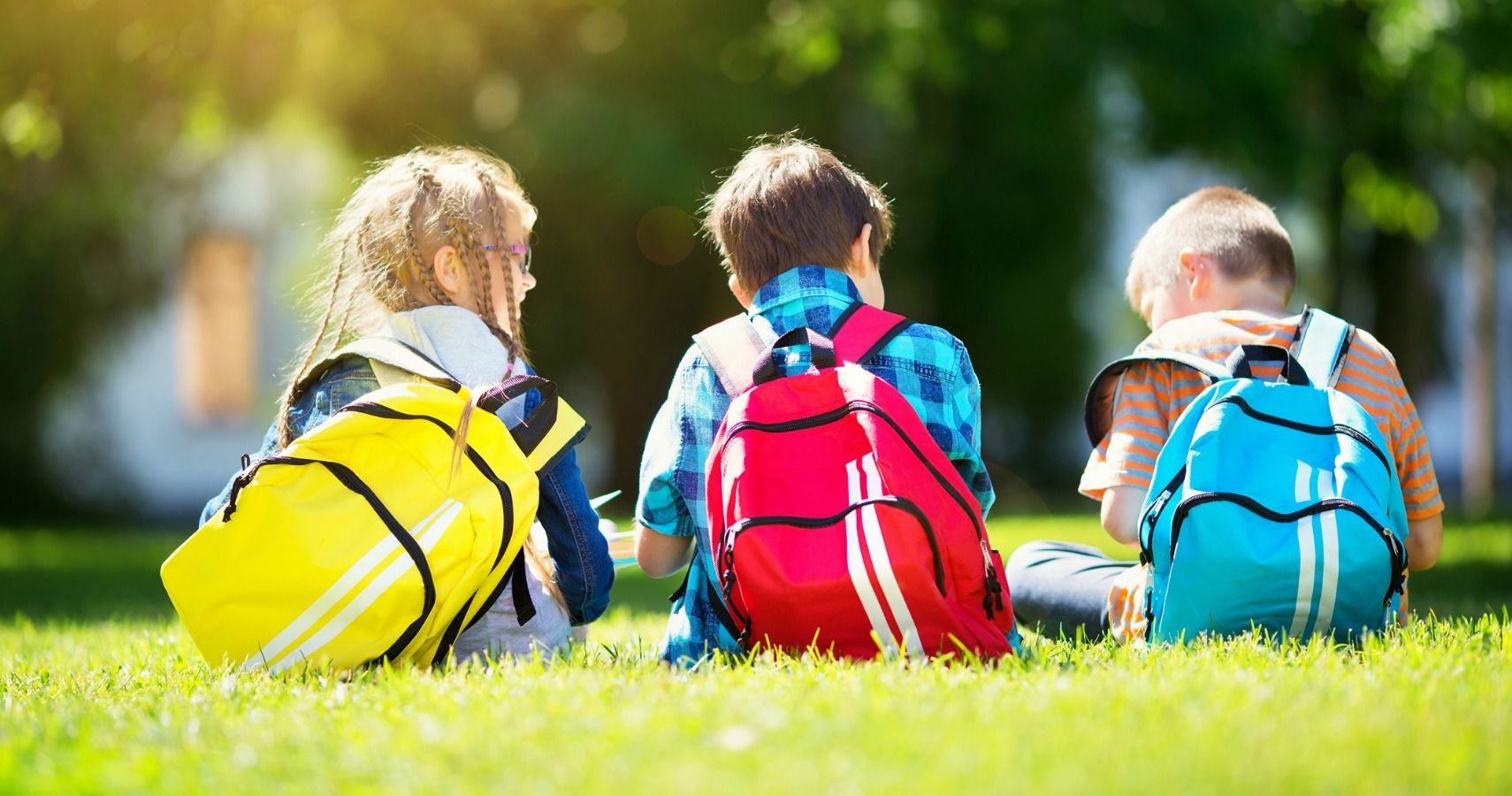School is mostly back in session now. That means our kids are beginning to work through the giant and intricate list of school supplies that we had to buy them. We know that their supply lists seem to get bigger and more specific every year. They must have a green binder with orange notebooks and yellow folders and approximately 20 yellow pencils. Then you add on top of that, textbooks and other books and what to do you get? A potentially heavy backpack. Because of the long term risks a too heavy backpack, a chiropractor is now giving parents the tips to keep their kid's backpacks light.
Jeannie Baer, a New Jersey based chiropractor suggests that a child's backpack be 10 percent of their body weight. This is what she calls the "green zone," meaning it's the safest. But as many of us know, that isn't always what's actually happening. Large textbooks that are expected to be carried back and forth, plus various notebooks, lunch bags, and assorted other garbage can make a backpack heavier than it's supposed to be. Baer said that kids between the ages of 8 and 12 are almost definitely carrying heavier bags, somewhere between 15 and 18 percent of their body weight. Occasionally it can even get up to 20 percent.
This is dangerous for several reasons, especially for developing bodies. Kids between those ages are doing a lot of growing, and carrying such a heavy weight can be detrimental to their development. Heavy backpacks are putting a lot of strain on shoulders and upper neck muscles, which often leads to problems with proper posture as they get older. Baer notes that she sees it often in her practice; many people who may not be that far removed from their school years come to her with posture problems from carrying such heavy weights on their backs for so long.
PREVIOUSLY: What You Need To Know About Back-To-School Anxiety
“I do see older kids or college age kids and sometimes folks in their late 20s and early 30s who have some postural issues and postural changes that have occurred because of their backpack carrying,” Baer says in an interview with Fatherly.
So, how do we alleviate such physical pressure? For starters, getting backpacks with wide, padded straps is important. Having a backpack with two straps is also important because it will lead to a more even distribution of the weight on their backs.
You should also look for backpacks with padded backs as well to protect the spine. Frequently going through their backpacks and making sure that they aren't carrying any unnecessary weight is also a key way to making sure they're staying in the green zone.

